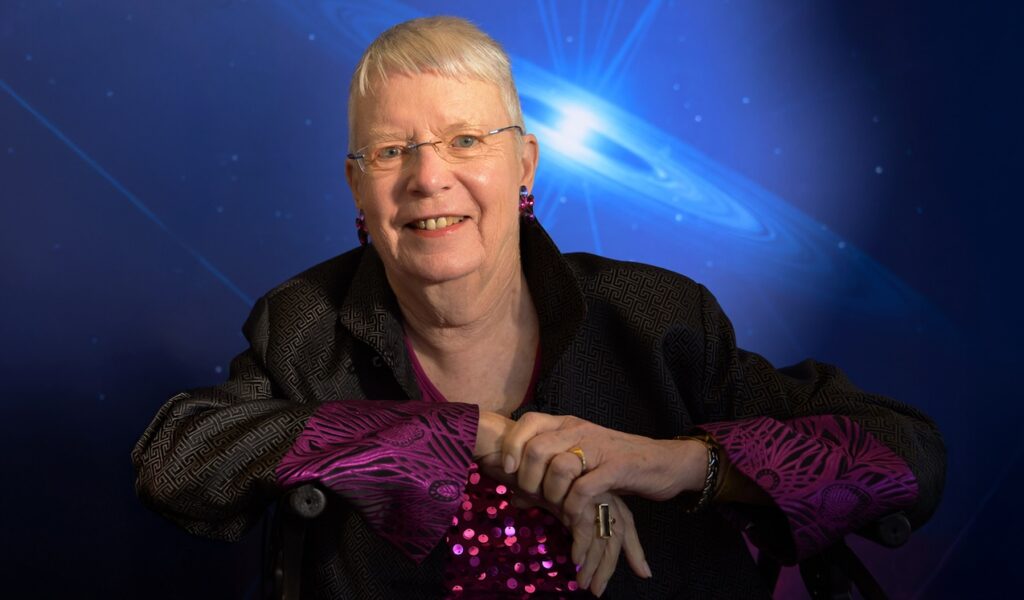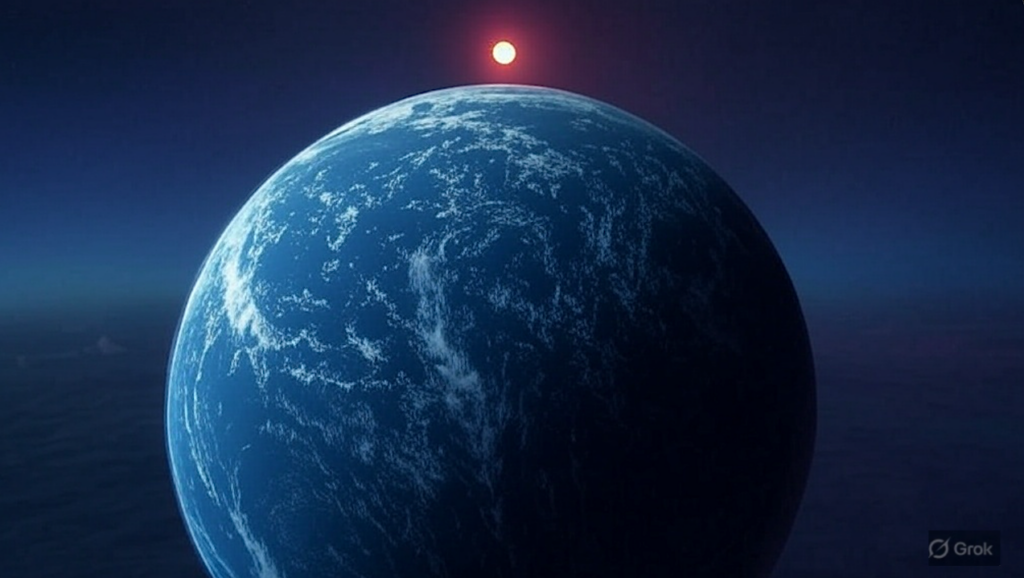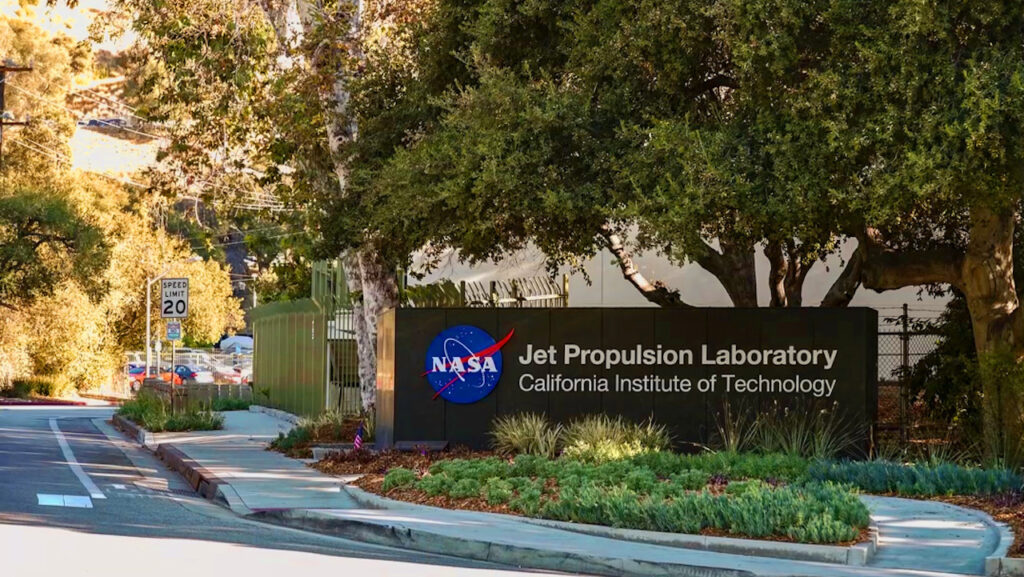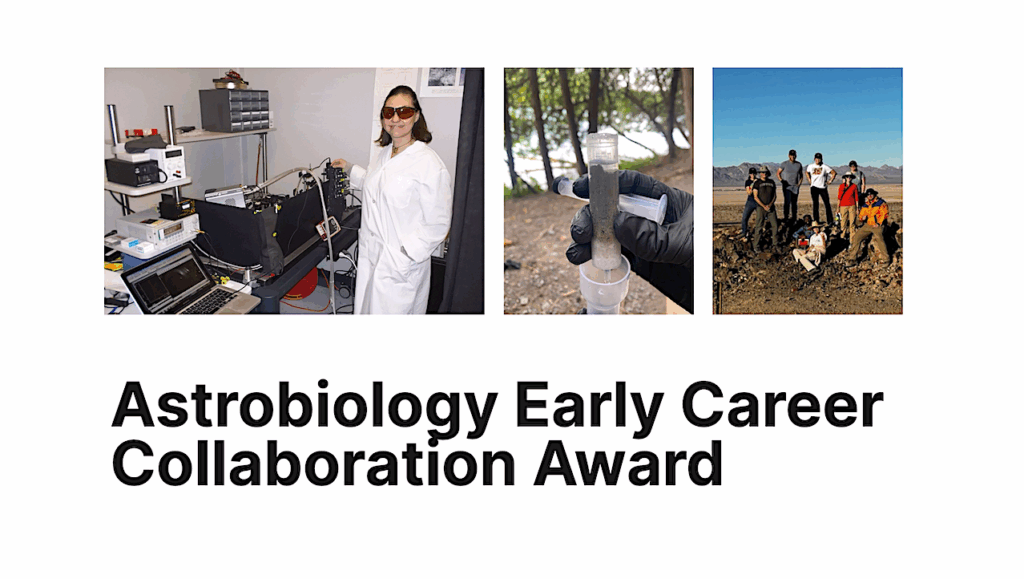Strategic Science Initiatives in the Origins of Life Report from the NAI meeting
By Michael Wilson
The NAI held a strategic science initiative workshop in Tempe, AZ on May 13-15, to identify areas where increased collaboration between the funded NAI teams could lead to greater scientific insights and productivity. One of the initiative areas focused on origins of life research; the origins initiative was chaired by George Cody (Carnegie team) and John Peters (Montana State team) and Stephen Freeland (University of Hawaii team).By Michael Wilson
The NAI held a strategic science initiative workshop in Tempe, AZ on May 13-15, to identify areas where increased collaboration between the funded NAI teams could lead to greater scientific insights and productivity. One of the initiative areas focused on origins of life research; the origins initiative was chaired by George Cody (Carnegie team) and John Peters (Montana State team) and Stephen Freeland (University of Hawaii team).
Initial roundtable discussion lead to identification of three (later expanded to four) areas that people wanted to develop into more focused initiatives: a collaboration between the MSU, PSU and JPL Icy Worlds teams on iron-sulfur complexes, a collaboration between the GIT and MSU teams to investigate substitution of Mg2+ with Fe2+ in ribosomal RNA; a collaboration between the Hawaii and MSU teams to develop an information infrastructure for conditions and processes that are relevant to astrobiological research; and a collaboration between the Carnegie, Goddard and Wisconsin teams (with contributions from PSU, GIT and Ames) to investigate the effects of minerals surfaces on small organic molecules in the context of the origins of life.
The teams in the Fe-S initiative plan “to probe the links between iron-sulfur based reversible CO oxidation and C-C bond formation in the context of prebiotic chemistry and the origin of life.” If successful, they would demonstrate for the first time the recruitment of mineral components into a proto-enzyme, and would transform our thinking about possible connections between abiotic catalysis and biocatalysis.
In the RNA initiative, investigating the possibility of substituting Fe2+ for Mg2+ in RNA assemblies will allow the teams to: ‘Explore the robustness of RNA folding and catalysis under conditions that may be similar to early biotic earth, explore the chemistry and reactivity of iron and other metals in prebiotic and early biotic environments, and determine the possible role of nucleic acids in this chemistry, and explore the possible role of iron in early RNA biochemistry.’
The teams in the information infrastructure initiative hope to develop a “one-stop” information database that would “avoid duplication of effort, identify outlier projects, and communicate findings across teams and research areas” by collating and contrasting “the conditions under which astrobiologically relevant processes occur.”
The small molecules initiative hopes to “Establish the potential role of minerals as sources and sinks in the preservation, catalysis of formation, degradation, and self-assembly of prebiotic and bioorganic small molecules (monomers to oligomers) in the origin and early evolution of life” using high-throughput analytical methods. This would allow them to “rapidly establish interfacial organic molecule affinity -structure-activity” and has “mplications for establishing potential role of mineral-organic interfaces in formation, degradation and preservation of small molecules and in preservation of biosignatures in minerals.”
Ultimately, the workshop served to foster potential collaborations between research groups in existing NAI teams. One observation is that face-to-face meetings have a directness that virtual meetings currently lack, and I don’t think as much would have been accomplished in a virtual setting. The question is what can we do to achieve this level of interaction in a virtual meeting?








